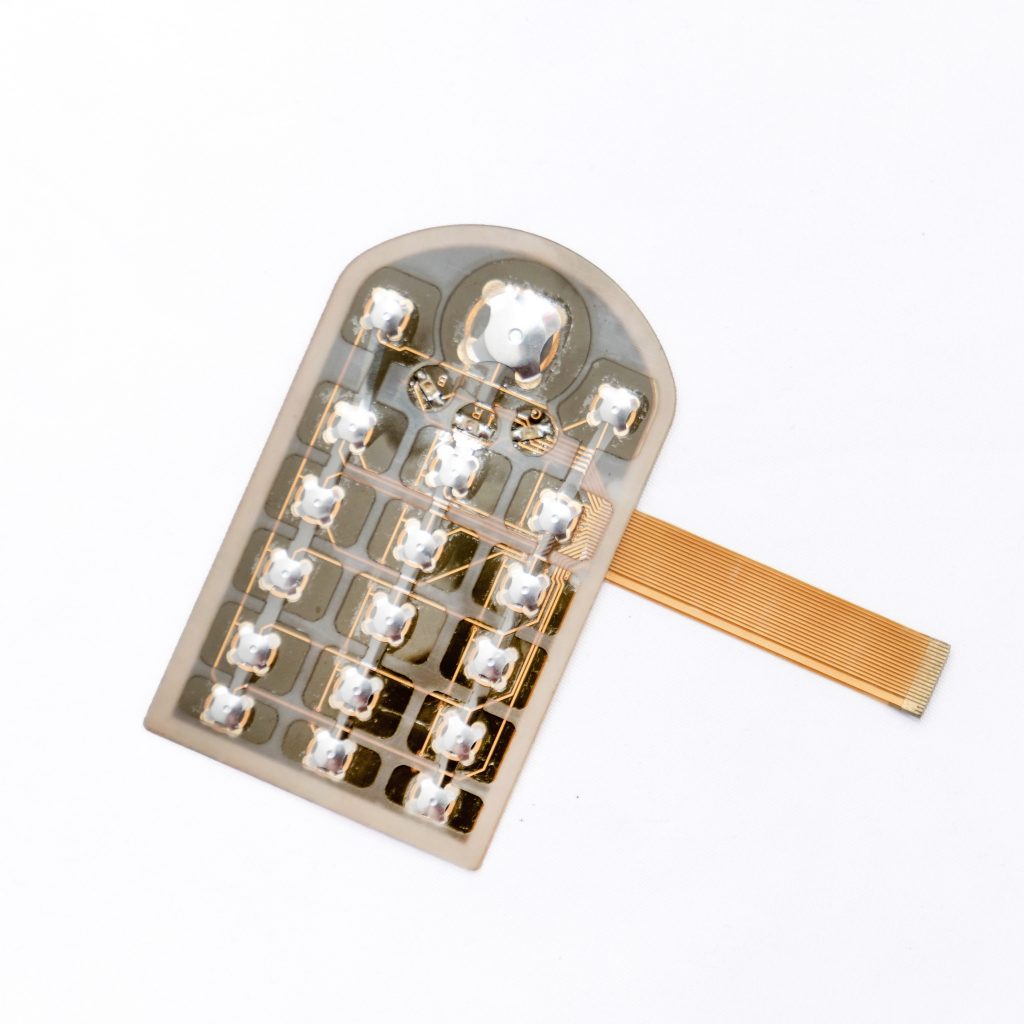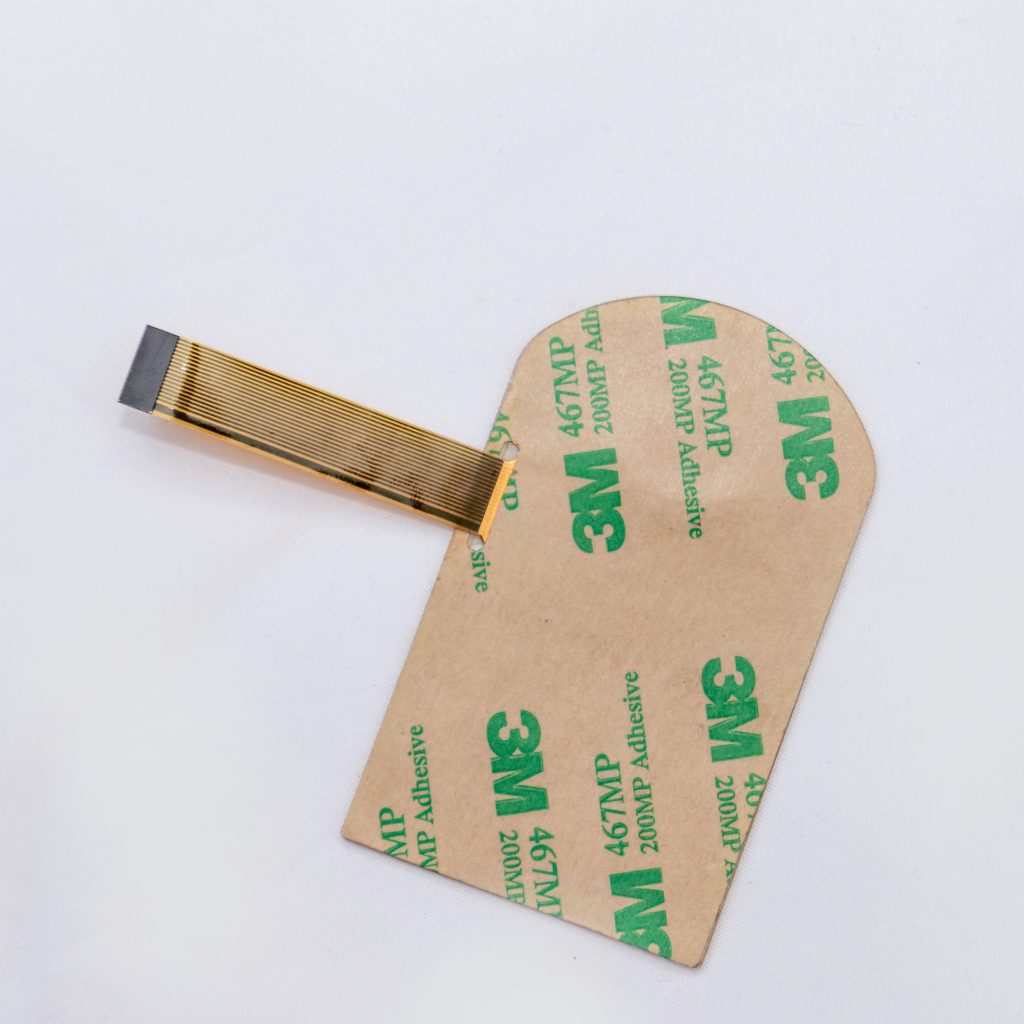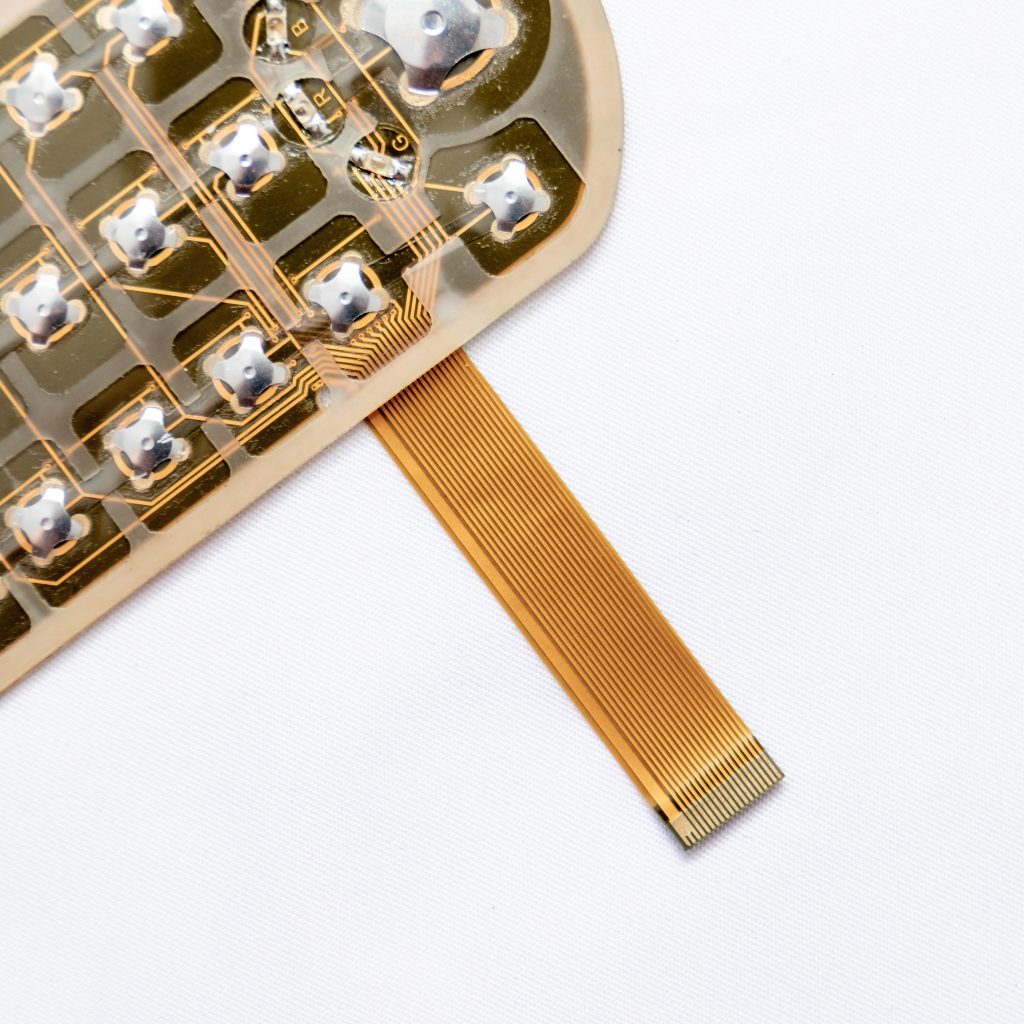Contact
Write to Us And We Would Be Happy to Advise You.
Do you have any questions, or would you like to speak directly with a representative?
By hqt
Flexible circuit boards, also known as flex PCBs, have gained significant popularity in various industries due to their unique characteristics and advantages. These boards provide flexibility, compactness, and high functionality, making them suitable for applications where traditional rigid circuit boards may not be feasible. However, despite their numerous benefits, flexible circuit boards need stiffeners to enhance their structural integrity and performance. In this article, we will explore the reasons why flexible circuit boards require stiffeners and delve into the various aspects related to this topic.



Flexible circuit boards, as the name suggests, offer flexibility that allows them to bend, twist, and conform to different shapes. This flexibility is achieved by using thin, lightweight materials such as polyimide. While this flexibility is advantageous in many scenarios, it can also pose certain challenges. Without proper support, flexible circuit boards may experience mechanical stress, which can lead to performance issues, reliability problems, and even failure.
Enhancing Structural Integrity
One of the primary reasons why flexible circuit boards need stiffeners is to enhance their structural integrity. Stiffeners, usually made of rigid materials like FR4 or polyimide, are added to specific areas of the flexible circuit board to provide support and stability. These stiffeners act as reinforcements, preventing excessive bending, flexing, or warping of the board during operation or handling.
By adding stiffeners, the flex PCB gains resistance to bending forces and maintains its shape, ensuring that the electrical connections remain intact. This is particularly crucial in applications where the board undergoes repeated bending or vibration, such as in wearable devices, automotive electronics, or aerospace applications.
Preventing Mechanical Stress
Flexible circuit boards often face mechanical stress during their lifespan. This stress can be a result of factors such as repeated flexing, temperature variations, or the weight of components mounted on the board. Without proper support, this stress can accumulate and lead to various issues, including fatigue failure, signal loss, and premature aging of the circuitry.
Stiffeners play a vital role in preventing mechanical stress and distributing the forces exerted on the board more evenly. They act as load-bearing elements, reducing the strain on the flexible areas and protecting the delicate traces and components from damage. By minimizing mechanical stress, stiffeners contribute to the longevity and reliability of flexible circuit boards.
Improving Heat Dissipation
Heat dissipation is another critical aspect that requires consideration when designing and using flexible circuit boards. Components on the board generate heat during operation, and without efficient dissipation, the temperature can rise to levels that affect the overall performance and reliability.
Stiffeners can aid in improving heat dissipation by providing a solid base for heat sinks or by acting as a thermal conductor themselves. They help in spreading heat away from heat-generating components and facilitate better airflow, thereby maintaining the operating temperature within acceptable limits.
Facilitating Component Mounting
Flexible circuit boards often have components mounted on them, such as integrated circuits, connectors, and passive devices. While these components are typically designed for rigid circuit boards, they can be used on flexible boards with the help of stiffeners.
Stiffeners offer a firm foundation for component mounting, ensuring secure attachment and reliable electrical connections. They also help in maintaining proper alignment and spacing between components, reducing the risk of misalignment or short circuits.
Enhancing Signal Integrity
Signal integrity is crucial in any electronic circuitry, and flexible circuit boards are no exception. The bending and flexing nature of these boards can introduce signal degradation, especially in high-speed or high-frequency applications.
By incorporating stiffeners strategically, the flex PCB’s signal integrity can be significantly improved. Stiffeners minimize the propagation of electromagnetic interference (EMI) and reduce crosstalk between adjacent traces, resulting in cleaner signals and better overall performance.
Q: What are the common materials used as stiffeners in flexible circuit boards?
A: Common materials used as stiffeners in flexible circuit boards include FR4, polyimide, and aluminum. The choice of material depends on the specific application requirements, such as flexibility, thermal conductivity, and cost.
Q: Can stiffeners be added to any flexible circuit board?
A: Yes, stiffeners can be added to most types of flexible circuit boards. The design and placement of stiffeners should be carefully considered during the board’s layout and fabrication process.
Q: Do stiffeners add weight to the flexible circuit board?
A: Yes, stiffeners do add some weight to the flexible circuit board. However, the weight increase is typically minimal compared to the overall benefits they provide in terms of structural support and reliability.
Q: Are there any limitations to using stiffeners in flexible circuit boards?
A: While stiffeners offer numerous advantages, there are some limitations to consider. Overuse or improper placement of stiffeners can restrict the board’s flexibility, making it less suitable for applications requiring extensive bending or twisting.
Q: Can stiffeners be customized for specific applications?
A: Yes, stiffeners can be customized based on the specific requirements of the application. Different shapes, sizes, and materials can be employed to tailor the stiffeners to the desired level of support and functionality.
Q: How should stiffeners be attached to flexible circuit boards?
A: Stiffeners can be attached to flexible circuit boards using various methods, including adhesive bonding, mechanical fasteners, or through-hole vias. The attachment technique depends on factors such as the type of stiffener material, board design, and manufacturing process.
Flexible circuit boards offer significant advantages in terms of flexibility and compactness. However, to ensure their structural integrity, performance, and reliability, stiffeners are essential. These additional support elements enhance the board’s mechanical strength, prevent stress-related issues, improve heat dissipation, facilitate component mounting, and enhance signal integrity. By carefully considering the application requirements and utilizing the appropriate stiffeners, designers and manufacturers can optimize the functionality and durability of flexible circuit boards.
Do you have any questions, or would you like to speak directly with a representative?